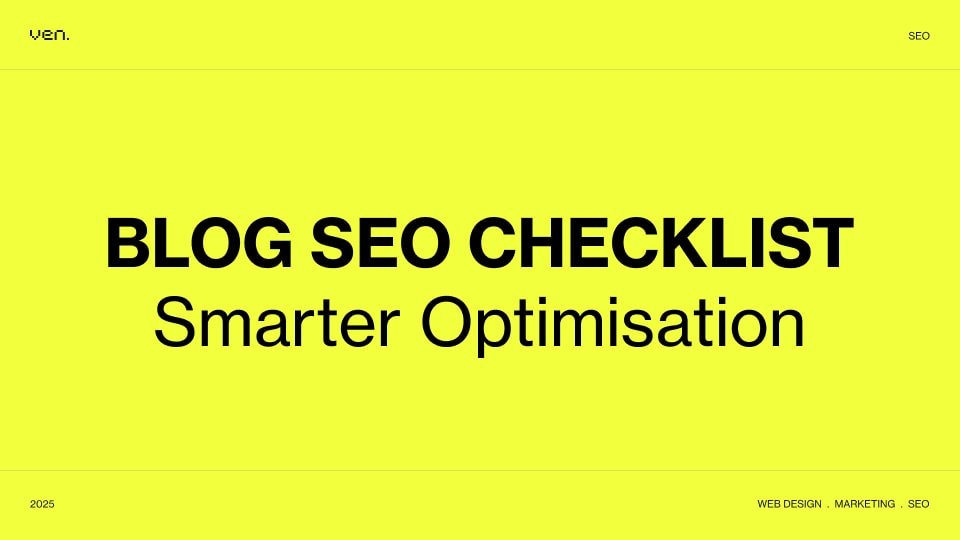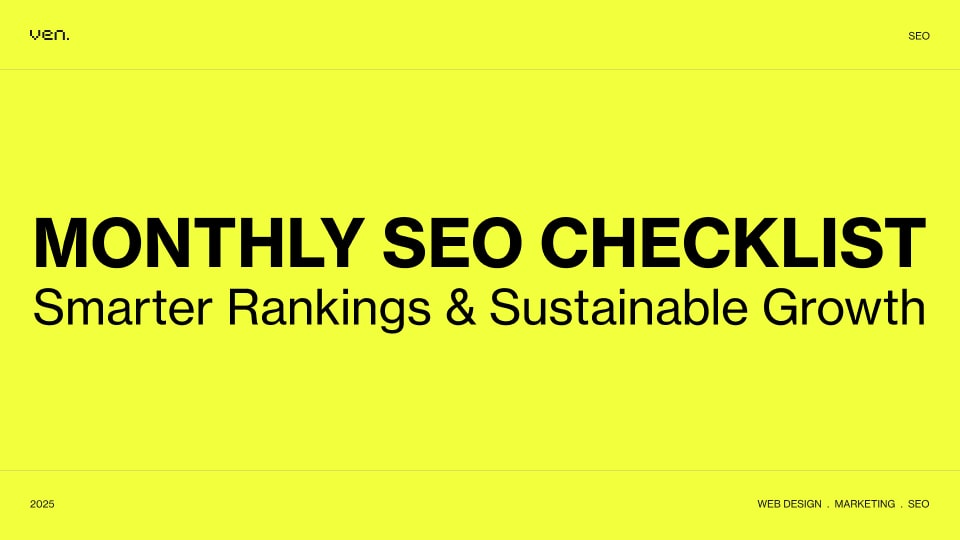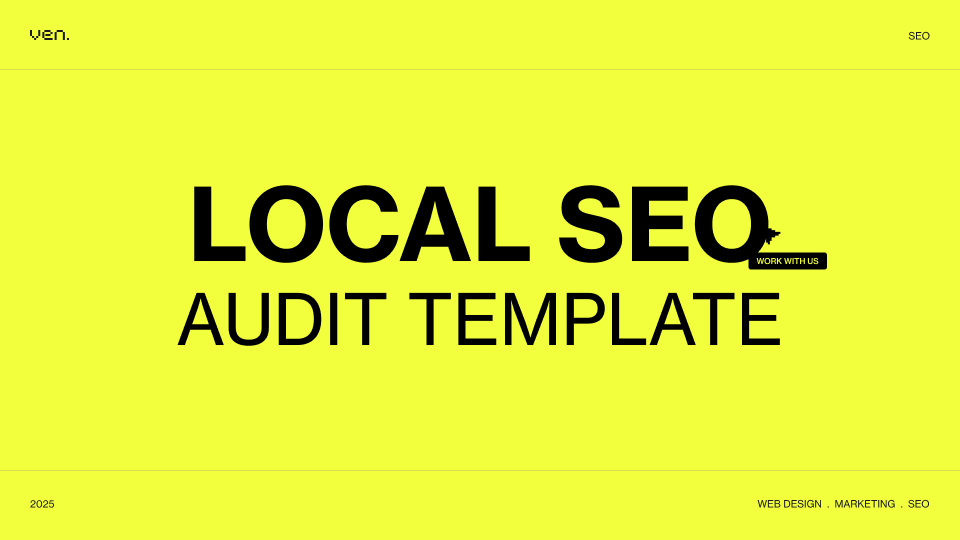In the ever-evolving digital landscape of today, responsive web design has emerged as a fundamental pillar of successful online presence. As mobile devices continue to dominate the way people access the internet, websites must adapt to varying screen sizes and resolutions.
Responsive web design, often simply referred to as “RWD,” is not just a design trend; it’s a strategic approach that impacts both user experience (UX) and search engine optimization (SEO). In this article, Ven team will delve into the significance of responsive web design in today’s mobile-first digital landscape.
What is Responsive Web Design?
Responsive web design is a design approach that aims to create websites that automatically adjust their layout, content, and functionality based on the screen size and device used by the visitor. In other words, it ensures that your website looks and functions seamlessly whether viewed on a desktop computer, tablet, smartphone, or any other device.
The Importance of Mobile-First Design
- Meeting User Expectations In today’s world, people expect to access information and services effortlessly, regardless of the device they are using. Mobile devices have become the primary gateway to the internet for a large portion of the population. Therefore, a responsive web design is not just a “nice-to-have” but a necessity to meet user expectations.
- Improved User Experience (UX) A responsive website provides a consistent and optimized user experience across all devices. This is critical for keeping visitors engaged and preVenting them from bouncing off your site due to frustrating mobile experiences like unresponsive buttons, unreadable text, or distorted images.
- Reduced Bounce Rates High bounce rates can negatively affect your SEO efforts. A responsive design that keeps users on your site, navigating through your content, and ultimately converting is crucial for reducing bounce rates. Search engines like Google take into account how long users stay on your site as a factor in their ranking algorithms.
The Impact on User Experience
- Faster Loading Times Responsive web design often involves optimizing images and code to load quickly on mobile devices. This speed optimization not only pleases users but also contributes to better SEO rankings. Google has made site speed an essential ranking factor for mobile searches, highlighting the importance of responsive design.
- Improved Accessibility Accessibility is a key component of a positive user experience. Responsive design can help ensure that your website is accessible to individuals with disabilities, further enhancing the user experience and making your site compliant with legal requirements.
- Content Readability Text and images need to be legible on all screen sizes. Responsive design ensures that text remains readable and that images scale appropriately, preVenting the frustration of having to pinch and zoom to access content.
- Consistent Navigation Responsive websites often feature a mobile-friendly navigation menu, making it easier for users to find the information they seek. Intuitive navigation is a cornerstone of a great user experience.
The Impact on SEO
- Google’s Mobile-First Indexing Google’s shift to mobile-first indexing means that it primarily uses the mobile version of the content for ranking and indexing. A responsive website is critical for ensuring that Google can crawl, index, and rank your site effectively.
- Duplicate Content Issues Separate mobile and desktop sites can lead to duplicate content issues, which can negatively impact SEO rankings. With responsive design, you have a single website that adapts to different devices, eliminating this problem.
- Backlink and Social Sharing Responsive design makes it easier for users to share your content across social media platforms. Additionally, a single URL for all devices simplifies the process of backlink acquisition, as all incoming links point to one destination.
- Local SEO Mobile users often search for local businesses or services on-the-go. A responsive website that provides a seamless mobile experience can boost your local SEO efforts, helping potential customers find your physical location.
- Improved Mobile Rankings Google rewards mobile-friendly websites with better mobile search rankings. A responsive design aligns your website with Google’s mobile-friendliness criteria, increasing your chances of ranking higher in mobile search results.
In today’s mobile-first digital landscape, responsive web design is not merely an option; it’s a necessity. It plays a pivotal role in enhancing user experience, reducing bounce rates, and positively impacting SEO rankings. To remain competitive and maintain a strong online presence, businesses and website owners must prioritize the art of responsive web design. Whether you are revamping an existing site or starting a new one, responsive design should be at the forefront of your strategy. It’s not just about keeping up with the times; it’s about thriving in the mobile-first world of the internet.
Responsive Web design & SEO services
To build a website that functions smoothly offers an enjoyable user experience and shows up on Google (or other search engines), your web design, development and SEO need to be effectively integrated. Contact our Ven team to build your site from scratch now!




